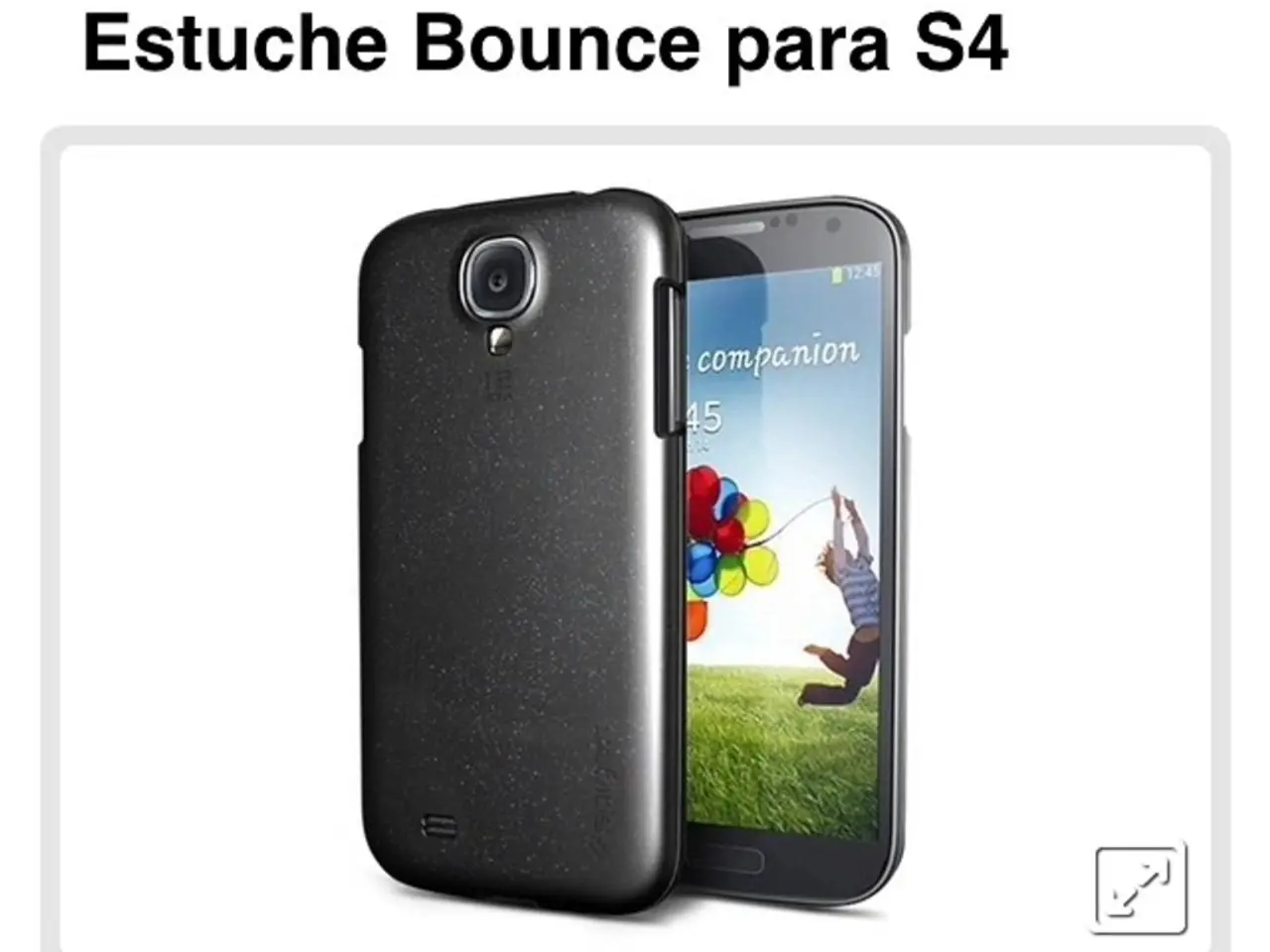Email Design Best Practices and Adaptable Email Templates for Optimized Responsiveness
In today's digital age, where a significant portion of email interactions occur on mobile devices, the importance of responsive email designs cannot be overstated for business marketing campaigns.
A single-column layout, with a maximum width of 600-640 pixels, is ideal for ensuring content displays well on smartphones and avoiding layout breakage [1][3][5]. This mobile-first approach ensures that your message is visible and clear when the reader opens the email.
To enhance readability, font sizes should be optimized. Body text should be at least 13-14 points, with headings larger (20-pt minimum), to ensure legibility without zooming on small screens [1][5].
Designing touch-friendly buttons and links is crucial. CTAs should be larger than usual (target size at least 44x44 px) with sufficient spacing to prevent mis-clicks on touch devices [3][5]. Placing the primary call to action (CTA) near the top ("above the fold") increases visibility and conversions immediately upon opening [3].
Avoid cluttering lines with multiple hyperlinks, as tapping the right link on mobile can be difficult [3]. Instead, use alt tags on images to improve accessibility and show descriptive text if images fail to load due to poor connections [3].
Testing emails across devices (smartphones, tablets, desktops) is essential to ensure consistent appearance and functionality [3]. Employ a fluid or hybrid layout approach with media queries and conditional code to adapt the design to different email clients, as some have limited CSS support [5].
Keeping email width fixed between 600–640px for proper display without horizontal scrolling is also recommended [1][5]. A mobile-first approach, designing for small screens first and then scaling up for desktops, is preferred [5].
Avoid no-reply sender addresses; use monitored ones to foster customer engagement [3]. Smaller, responsive images should be used to ensure they are visible on all devices. Responsive email designs are typically made using pre-existing templates, making it easier for marketers to create more emails [4].
When you offer potential customers a better user experience, it automatically boosts your chances for a sale. Potential customers undergo a customer journey, and a snag in a touchpoint can affect the chances of a sale. Over two-thirds of visits to websites in the U.S. and across the world are on mobile devices [2].
Media queries are a CSS technique that can be used to create responsive design. However, it's important to note that some mobile clients, such as Android Gmail app, Android Outlook.com app, Gmail (Android browser), and more, do not support media queries [6]. Therefore, it's essential to test links in emails to ensure they lead to the right pages and are not too crowded in one space.
With over 4.1 billion active email users in 2021 and that number expected to grow to 4.3 billion in 2023 [7], the potential for reaching your audience through responsive email designs is vast. By focusing on simplicity, mobile readability, accessibility, and ensuring interactive elements are easy to tap, you can create effective and engaging emails that drive conversions.
Technology plays a pivotal role in the success of business marketing campaigns, particularly through the use of responsive email designs which ensure readability and clarity on mobile devices. To maximize the user experience and boost conversion rates, designers should focus on optimizing font sizes, creating touch-friendly buttons, avoiding clutter, testing across devices, and using responsive images.




